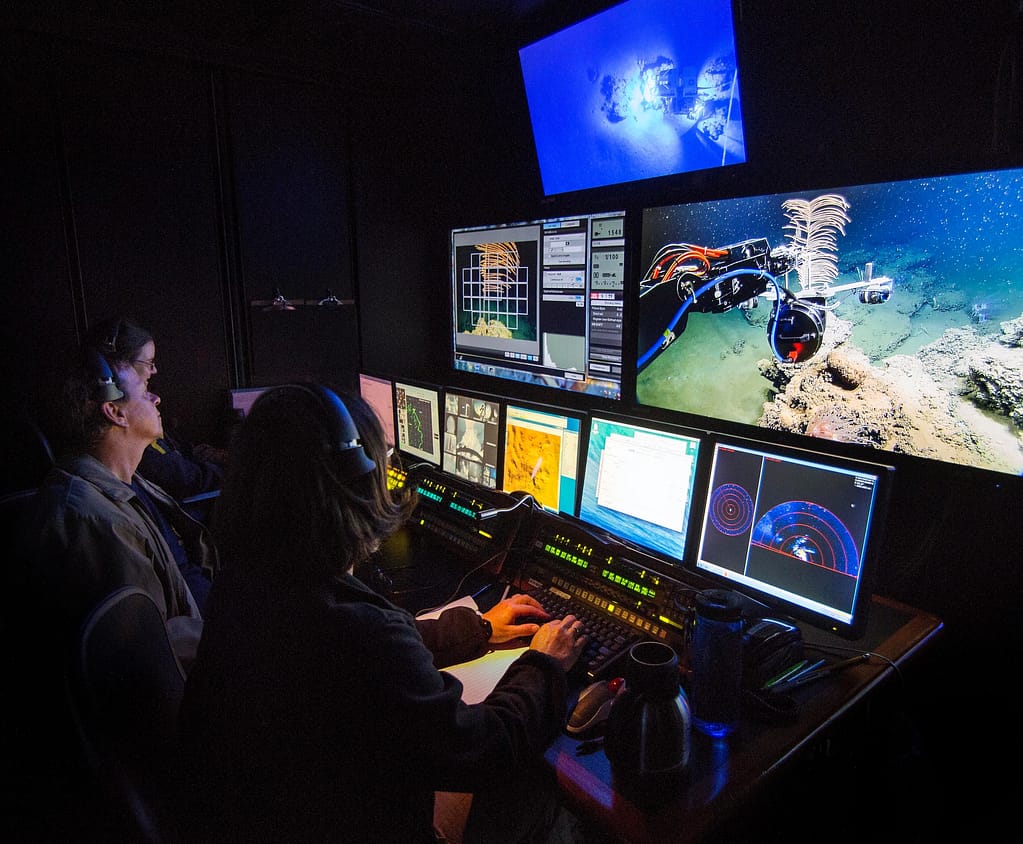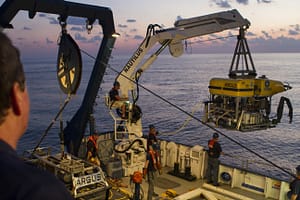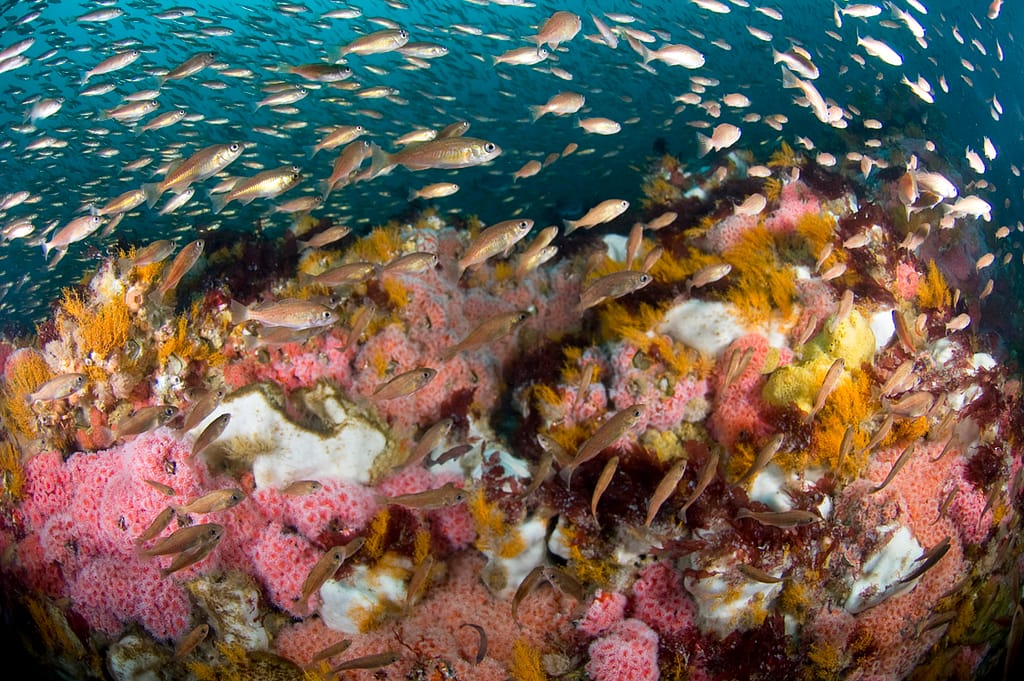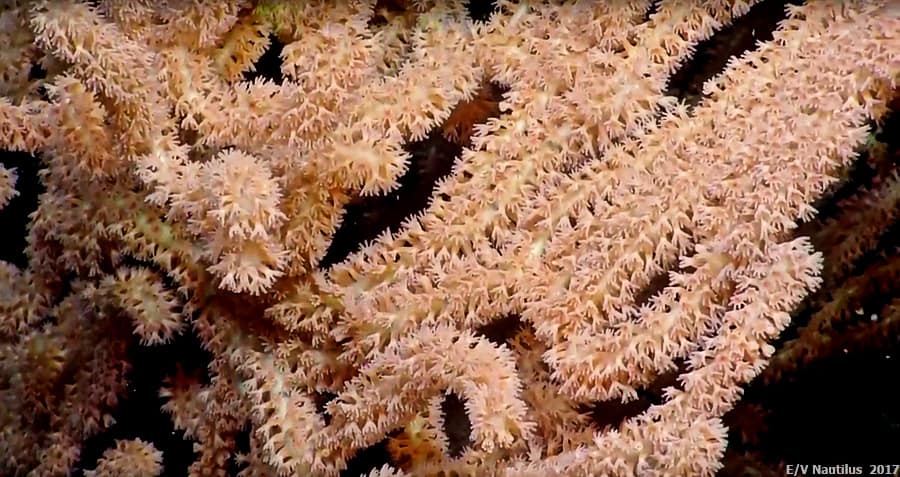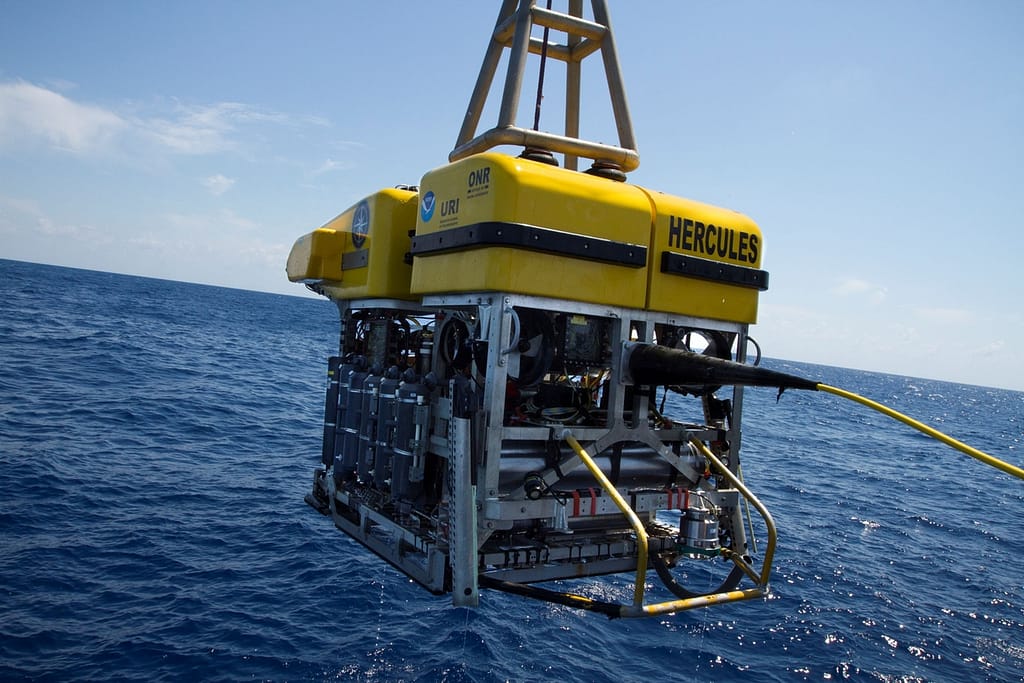Thirteen years ago, he made history by filming the sunken RMS Titanic where it lay broken on the Atlantic seabed. Since then, he’s dived in nearly every ocean on the planet. On a good day he can swim for 24 hours, but at two tons, he needs help getting out of the water. His associates call him Hercules. This month Hercules, the bright yellow remotely operated diving vehicle, was in the Pacific off Sonoma County, to explore, for the first time, the deep-water life in the Cordell Bank National Marine Sanctuary, 6 miles west of Bodega Bay.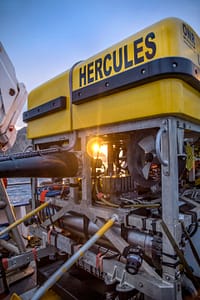
For ROV Hercules, that meant commuting an hour and half to work, nearly six thousand feet beneath the rolling ocean swells. With two flexible arms, dazzling lights, video cameras and a long, long tether, Hercules was designed to go where humans cannot, to peer into the unknown.
On a clear day when the fog lifts you can see the Cordell Bank Marine Sanctuary from shore, from either Bodega Head or Point Reyes. On the surface, it’s an unremarkable patch of blue ocean. But swim 115 feet down, and you’ll find a submerged rocky island, nine miles long and four wide, teeming with fish and a riot of other colorful marine life.
The shallow bank is actually the peak of an underwater mountain sitting in what scientists call a biological hotspot. Surrounded by deep, steep walled canyons, the rocky seamount perches on the very edge of the continental shelf, 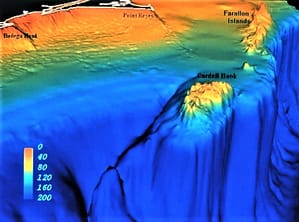 which falls away in a vertical cliff another two miles down.
which falls away in a vertical cliff another two miles down.
No sunlight can penetrate that deep, so the walls and bottom are in permanent blackness, the water is nearly as cold as ice, and the sheer weight of the ocean above creates crushing pressure, nearly five thousand pounds per square inch.
That’s equivalent to two fully loaded 747 jumbo jets sitting on your chest.
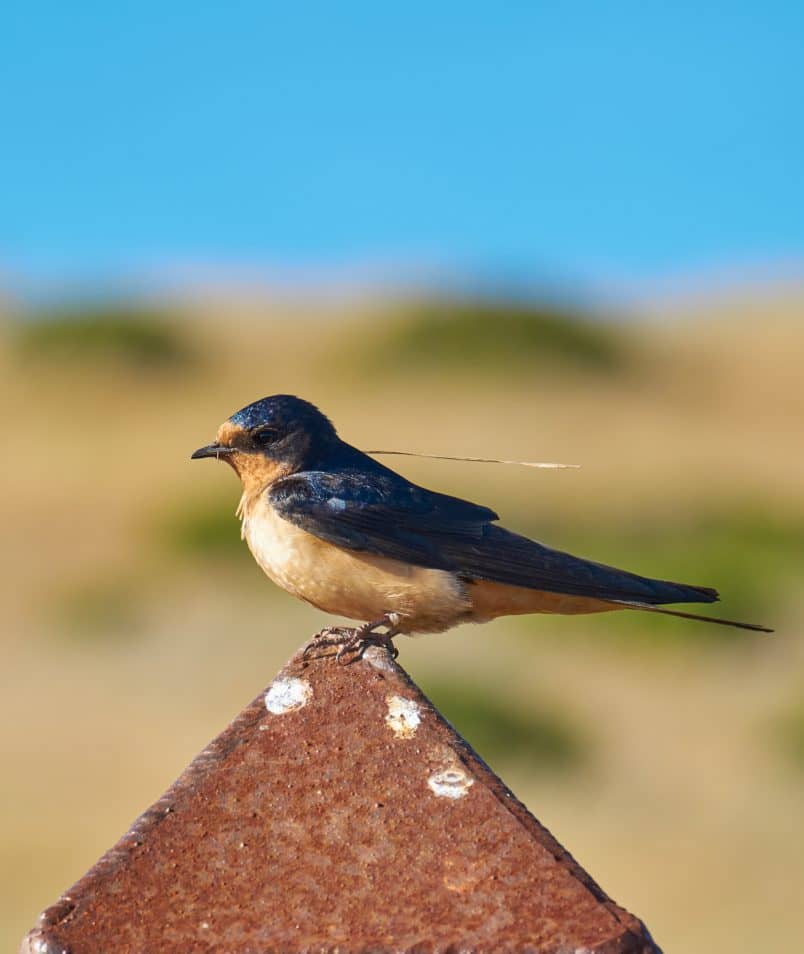
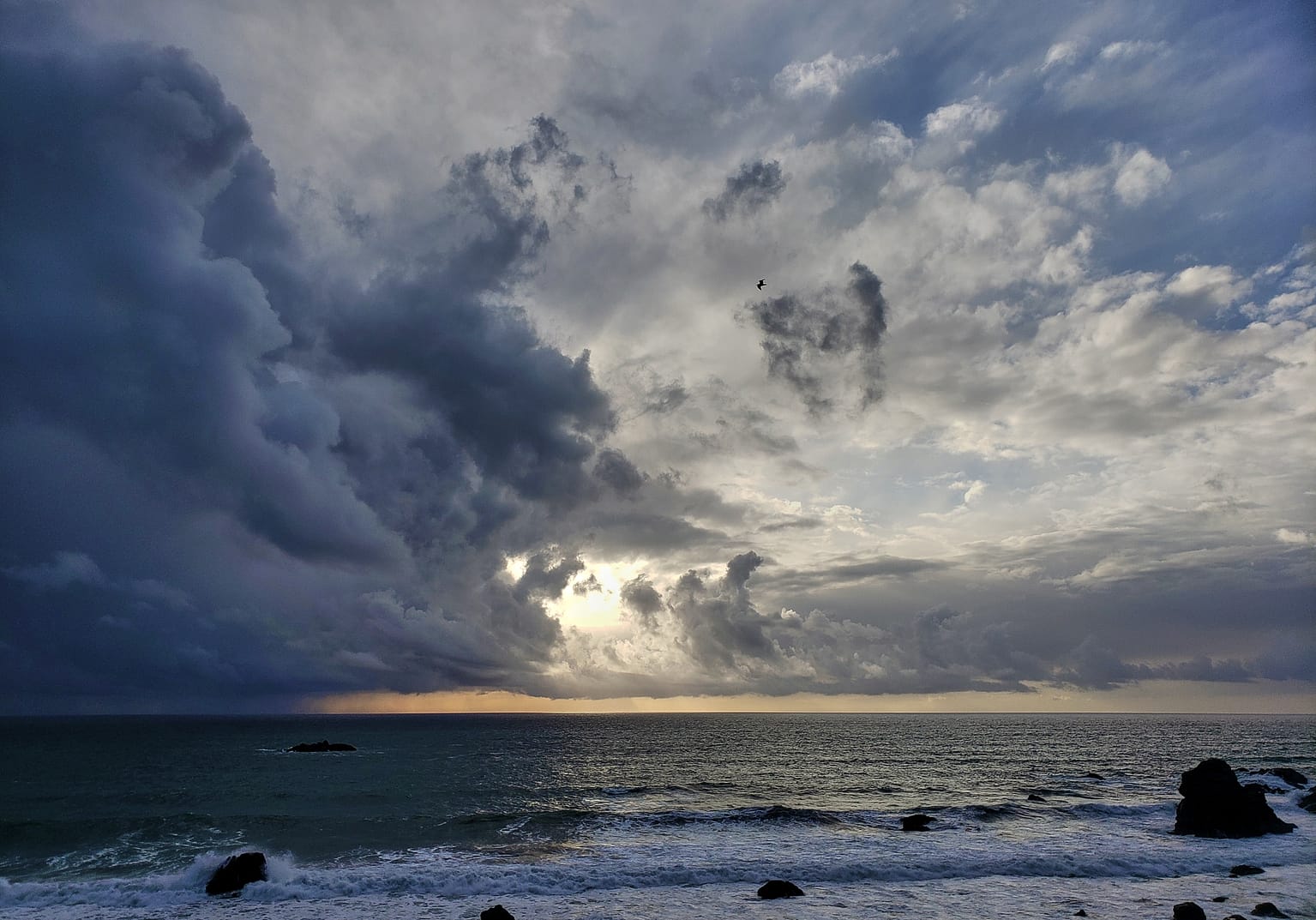

 which falls away in a vertical cliff another two miles down.
which falls away in a vertical cliff another two miles down.